Belgrade is the capital of Serbia. It’s the largest city in the country, both in terms of population and land area.
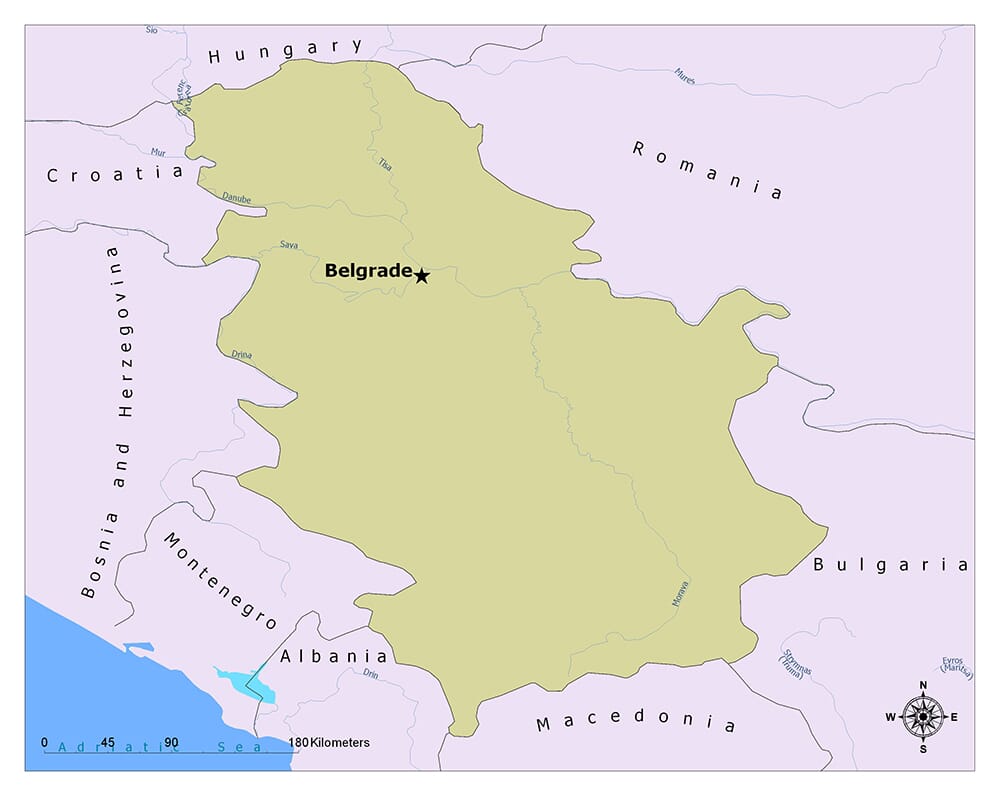
Belgrade is a city with a rich and storied history. Dating back to around 7000 BC, it’s one of the oldest continuously inhabited cities in Europe and the world. It has been fought over in 115 wars and razed 44 times, making it the “City of War.” It’s been the capital of several states and empires throughout history.
Where is Belgrade?
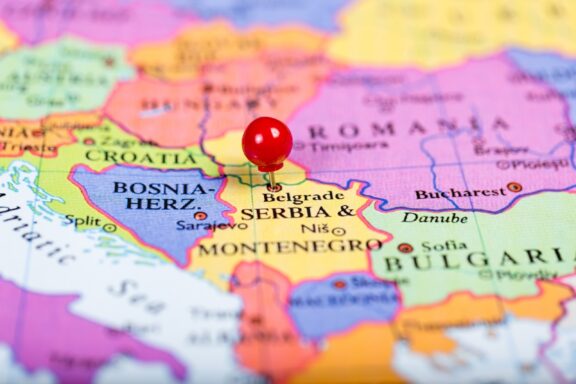
Belgrade is situated in Southeastern Europe, on the Balkan Peninsula. It’s located in the northern part of Serbia, at the confluence of the Danube and Sava rivers. The city’s strategic location has historically made it a crossroads between the East and the West, positioned between Western Europe, the Middle East, and Asia.
Its geographical coordinates are approximately 44.8 degrees north (latitude) and 20.5 degrees east (longitude). To its north are the countries of Hungary and Romania; to its East, Bulgaria; to its south, North Macedonia; and to its West, Bosnia, Herzegovina, and Croatia.
History of Belgrade
Belgrade, the capital of Serbia, has an extraordinarily long and eventful history. It’s one of Europe’s oldest continuously inhabited cities and has seen many rulers and empires come and go.
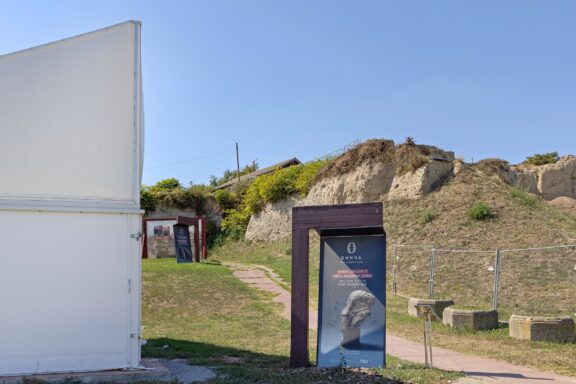
The area around Belgrade has been inhabited since prehistoric times. The Vinča culture, a Neolithic society, existed near Belgrade around 7000 BC. Its archaeological site, Vinča-Belo Brdo, is one of the largest prehistoric sites in Europe.
In antiquity, the Thracians, Dacians, and Celts inhabited the area before it became part of the Roman Empire in the 2nd century AD. Under Roman rule, the area was known as Singidunum and was a significant fort along the Danube.
During the Middle Ages, Belgrade changed hands multiple times between the Byzantine Empire, the Kingdom of Hungary, and the Bulgarian Empire. The name “Belgrade” (or Beograd, meaning “White City”) was first recorded in 878 AD.
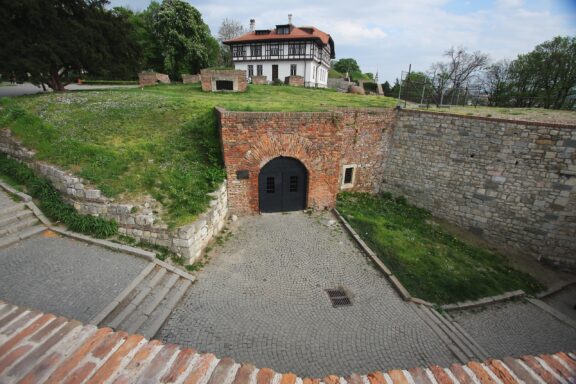
In 1521, the Ottoman Empire captured Belgrade. It remained under Ottoman control for three centuries, serving as an important stronghold on the empire’s frontier.
In the 19th century, Serbia gained autonomy from the Ottoman Empire, and Belgrade became the capital of the state of Serbia in 1841. The city proliferated during the 19th and early 20th centuries, particularly after the railway construction to Budapest and Thessaloniki.
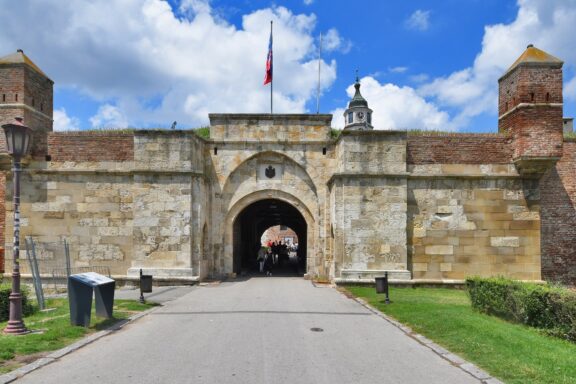
During the 20th century, Belgrade was heavily impacted by both World Wars. After World War I, it became the capital of the Kingdom of Yugoslavia. It was bombed extensively during World War II by both the Axis and Allied powers. It underwent socialist reconstruction under Josip Broz Tito’s Yugoslav regime after the war.
The breakup of Yugoslavia in the 1990s and the subsequent Yugoslav Wars had significant impacts on Belgrade. In 1999, during the Kosovo War, NATO bombing caused extensive damage to the city.
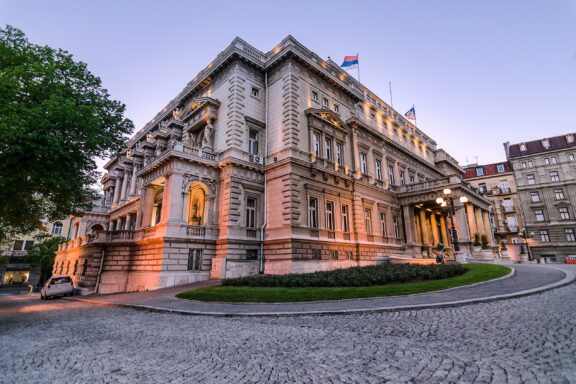
In 2006, Serbia became an independent nation following the dissolution of the State Union of Serbia and Montenegro, which was the successor to the Federal Republic of Yugoslavia. Throughout these changes, Belgrade remained the capital city.
In the 21st century, Belgrade has been undergoing a process of reinvention and revitalization. The city has become a regional hub for culture, arts, and entertainment, and it’s recognized for its unique architectural mix of socialist and modern designs. However, its rich history can still be observed through its diverse architectural styles and the ancient Belgrade Fortress that overlooks the confluence of the Danube and Sava rivers.
Features of Belgrade
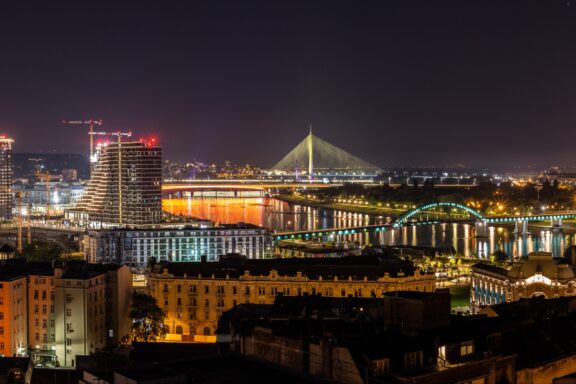
Belgrade is a city that exudes a vibrant energy, reflecting its tumultuous history and its burgeoning future as a cultural and entertainment hub.
Belgrade features resilience and vitality in that’s hard to ignore. The city’s mix of grit and grace, history and hipness, gives it a unique charm that leaves a lasting impression on its visitors.
Geography and Climate
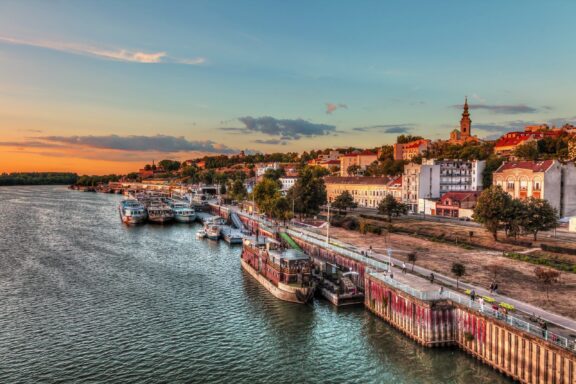
Belgrade’s geography is defined by two major waterways, the Danube and Sava Rivers, which meet within the city’s bounds. This advantageous position at the confluence of these rivers has historically made Belgrade a strategic location. The city’s terrain is diverse, with flat plains, particularly towards the north and hilly regions to the south.
The city has a humid subtropical climate, although close to a continental climate due to its inland position. Winters in Belgrade are cold, with temperatures often dropping below freezing, while summers are typically hot and humid. Spring and fall see more moderate temperatures. The city receives average yearly rainfall, with late spring being the wettest period.
Population
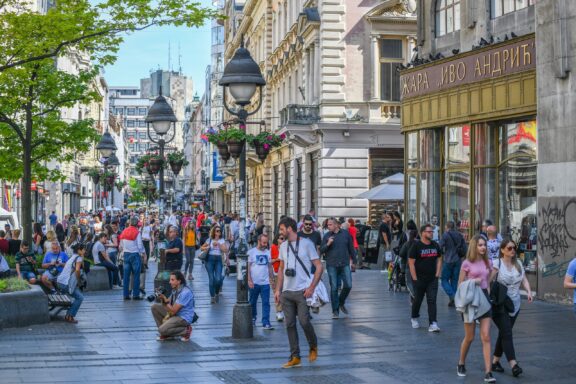
Belgrade has a population of around 1.4 million residents, making it the largest city in Serbia and one of the largest in Southeast Europe. The population is predominantly Serbian regarding nationality and ethnicity; Serbian is the official language. However, like any capital city, Belgrade is also home to many expatriates and immigrants, adding to its cultural diversity.
The people of Belgrade are known for their warm hospitality. The city has a vibrant culture, with a blend of Eastern and Western influences, and its residents often enjoy a variety of cultural events, sports, and particularly the city’s energetic nightlife.
Economy
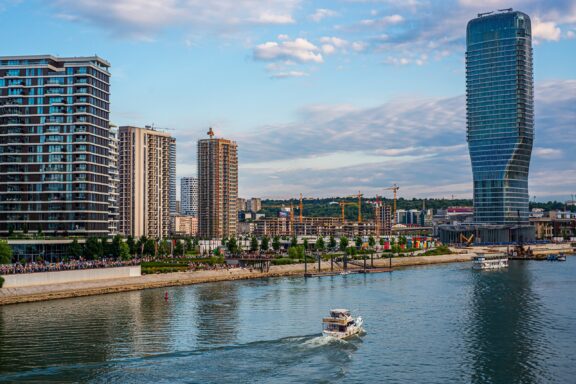
Belgrade is the economic heart of Serbia, contributing to a significant portion of the nation’s GDP. The city’s economy is primarily based on information technology, banking, commerce, telecommunications, and transport sectors. It’s home to the country’s central bank and the largest stock exchange in Southeast Europe, the Belgrade Stock Exchange.
As the capital city, it’s also the seat of the national government and, thus, an essential location for public administration and government services. Tourism is an increasingly significant part of Belgrade’s economy, with many visitors drawn to its historical sites, cultural events, and nightlife.
The city is a central international transportation hub, with Belgrade Nikola Tesla Airport serving numerous international airlines. Its position on two international waterways has also made it an important commercial shipping center.
Things to Do and Places to See in Belgrade
Belgrade offers an abundance of experiences and attractions to explore. Let’s delve into some of the most sought-after and notable places to visit in this dynamic capital city.
1. Belgrade Fortress and Kalemegdan Park
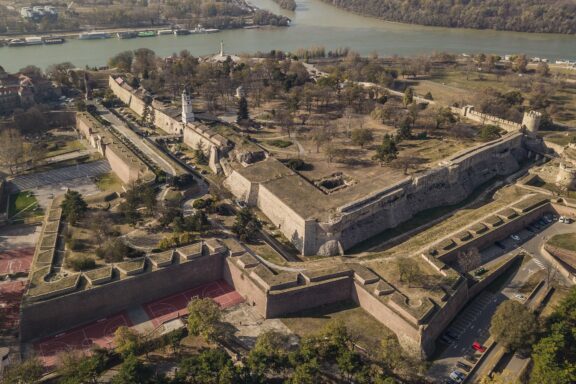
The Belgrade Fortress, also known as Kalemegdan, is a historical complete. The fortress is situated at the confluence of the Danube and Sava rivers. The term “Kalemegdan” derives from two Turkish words, “kale” (fortress) and “megdan” (battlefield).
The fortress has had a long and storied history that dates back to the Celtic tribe of Scordisci, who settled here in the 3rd century BC. After that, it was conquered by the Romans and then occupied by various other empires, including the Byzantine, Ottoman, and Austrian empires. Each of these powers left its mark on the fortress, reflecting a rich tapestry of architectural and cultural influences.
2. Knez Mihailova Street
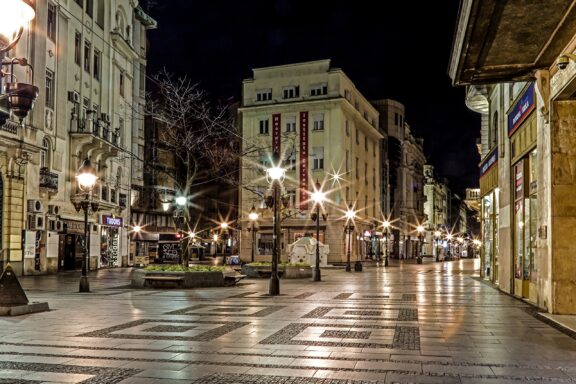
Knez Mihailova Street is one of the most famous and iconic streets in Belgrade, the capital city of Serbia. Named after Prince Mihailo Obrenović III, a significant figure in Serbian history, it is a pedestrian zone and the main commercial street in the city’s historic center. The street stretches approximately 1 km from the Belgrade Fortress and Kalemegdan Park to Terazije Square.
Along the street, you’ll find various cultural and historical landmarks, including The Serbian Academy of Sciences and Arts, one of the country’s most prestigious academic institutions, the City Library of Belgrade, and the Cultural Centre of Belgrade.
3. Skadarlija
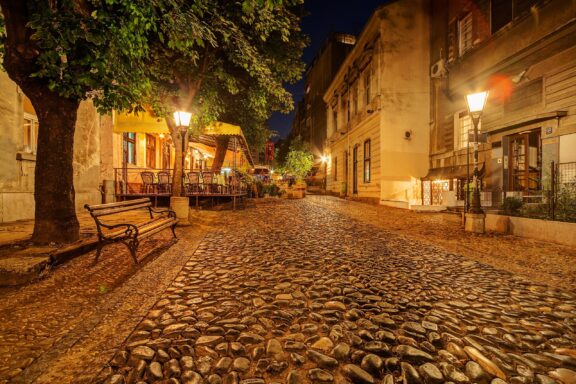
Skadarlija is a vintage, bohemian street located in the Old Town of Belgrade, the capital city of Serbia. Often compared to the Montmartre quarter in Paris, Skadarlija, also known as Skadarska Street, is one of the main tourist attractions in the city, famous for its charming cobblestone path, lined with well-preserved buildings from the 19th century.
The street became a bohemian quarter in the late 19th and early 20th century, attracting many famous Serbian poets, writers, and artists. It was a place where they could gather, share their work, and enjoy the local hospitality. The tradition of gathering artists and enjoying good food and music is still maintained.
4. St. Sava Temple
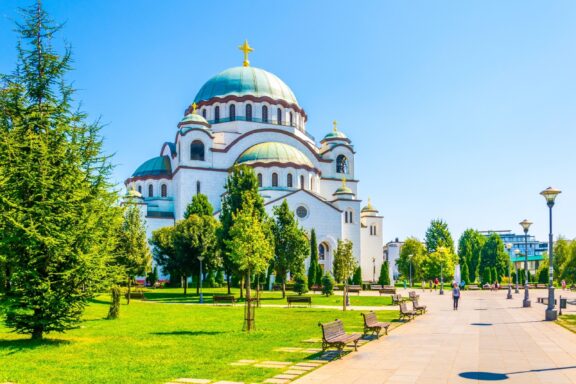
The Temple of Saint Sava is one of the largest Orthodox churches in the world. The church is dedicated to Saint Sava, the founder of the Serbian Orthodox Church and an important figure in medieval Serbia. It’s a major symbol of Serbian identity and heritage and a prominent landmark in Belgrade.
The planning for the temple started in the early 20th century. Still, due to various historical circumstances, including the two World Wars and the Communist rule, the construction was prolonged for many years. The temple’s exterior was finally completed in 2004, while the internal decoration is still ongoing.
5. Nikola Tesla Museum
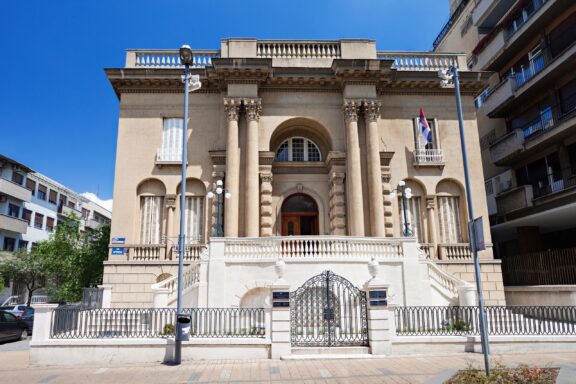
The Nikola Tesla Museum is dedicated to honoring and displaying the life and work of Nikola Tesla. Tesla was a Serbian-American inventor, electrical engineer, mechanical engineer, and physicist best known for his contributions to the design of the modern alternating current (AC) electricity supply system.
The museum, which opened in 1955, houses more than 160,000 original documents and 5,000 personal items, including drawings and notebooks, technical exhibits, photographs, and letters from Tesla. It’s the most extensive collection of Tesla’s personal and scientific articles, making it a unique institution in Serbia and the world.
6. Zemun
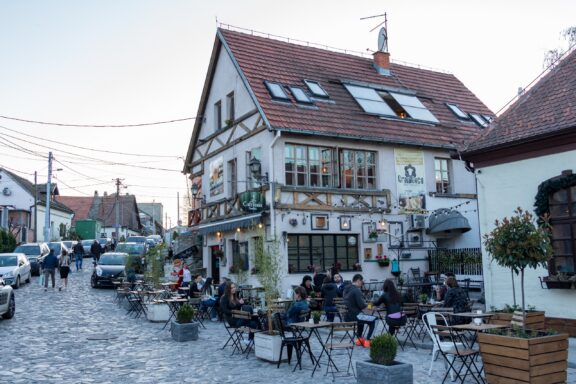
Zemun is a historical town and one of the 17 municipalities that make up the city of Belgrade, the capital of Serbia. It’s located along the right bank of the Danube River. Zemun was a separate town that was absorbed into Belgrade in 1934. However, it has retained its unique identity and charm and is quite distinct from other parts of the city.
Zemun has a rich and varied history. It was inhabited since the Neolithic Age, and throughout history, it was part of the Roman, Byzantine, Ottoman, and Austro-Hungarian empires. These various influences have left their mark on the architecture and culture of the town.
7. Museum of Contemporary Art
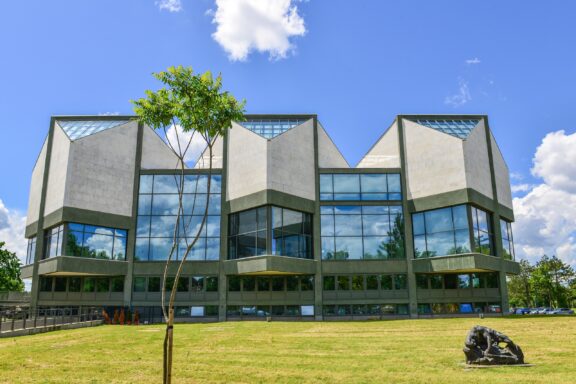
The Museum of Contemporary Art in Belgrade, also known as MSU (Muzej Savremene Umetnosti), is one of the premier institutions in Serbia dedicated to collecting, preserving, and displaying artworks from the 20th and 21st centuries. The museum is located in the New Belgrade district, near the confluence of the Sava and Danube rivers.
The Museum of Contemporary Art’s collection comprises more than 8,000 works of art, representing the various art movements and trends from the region of former Yugoslavia from 1900 to the present day. This includes paintings, sculptures, drawings, prints, photography, films, installations, and performance art from prominent regional artists.
8. Belgrade Zoo
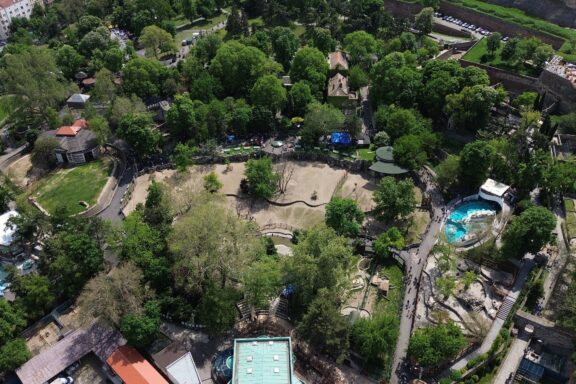
The Belgrade Zoo, also known as the Belgrade Good Hope Garden. It is located in the city’s heart in Kalemegdan Park, near the Belgrade Fortress. Despite its central location, the zoo offers a peaceful and green retreat from the urban hustle and bustle.
Covering about 7 hectares, the Belgrade Zoo is home to over 2,000 animals representing about 270 species, including mammals, birds, and reptiles. Some animals you can see here include lions, tigers, giraffes, zebras, elephants, monkeys, and various bird species.
The zoo is particularly famous for its white lions, a rare species in just a few places worldwide. Other notable attractions include a terrarium and a tropical house.
9. Royal Compound
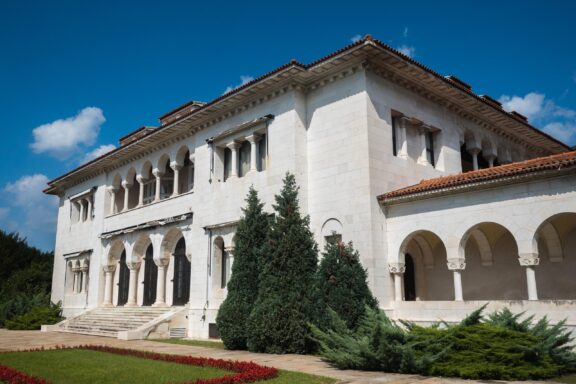
The Royal Compound, also known as the Royal Complex, is a palace in Dedinje, an upscale area of Belgrade. This historical complex is the official residence of the Serbian Royal Family Karađorđević.
The compound consists of two main buildings – The Royal Palace (the White Palace) and the White Palace. Both palaces are surrounded by a park with various sculptures, pavilions, and a chapel.
The Royal Palace was built during the reign of King Alexander I from 1924 to 1929 with the private funds of King Alexander I. It was designed in the Serbian-Byzantine style by architect Živojin Nikolić and architect Nikolay Krasnov. The palace houses a substantial art collection, a library, and a private cinema.
10. Ada Ciganlija-
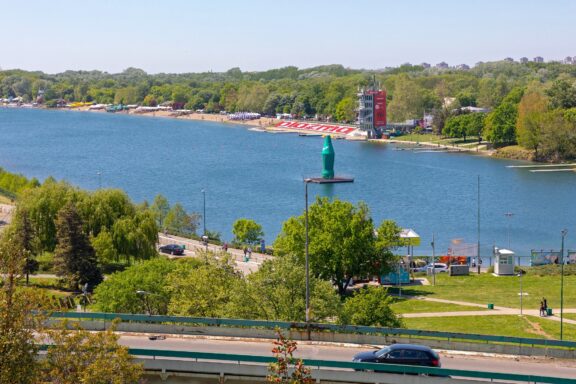
Ada Ciganlija, often colloquially shortened to “Ada,” is a river island turned into a peninsula in the Sava River in central Belgrade. Over the years, it has been transformed into a famous recreational zone called Belgrade’s Sea (Beogradsko more).
The site boasts a three-mile-long pebble beach that curves around the lake formed by the river. The beach has been awarded the international Blue Flag for water quality, and during summer, it attracts thousands of swimmers.
11. Republic Square
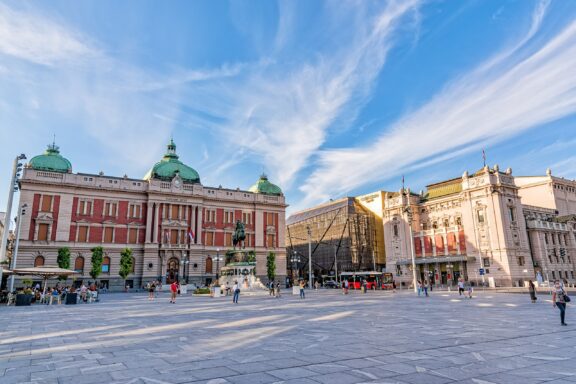
Republic Square is one of the central town squares and an urban neighborhood of Belgrade, the capital of Serbia. It’s located in the Stari Grad (Old Town) municipality and is often called the city’s heart.
The square is named after the Republic of Serbia and is a common meeting point for people in Belgrade. It’s surrounded by some of the most significant cultural landmarks of the city, such as the National Museum, National Theatre, Prince Michael Monument, Staklenac Shopping Center, and more.
12. National Museum of Serbia
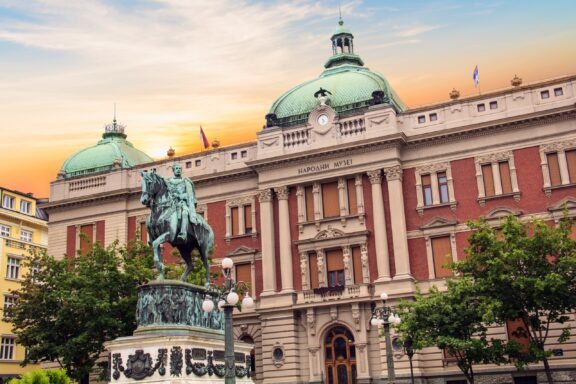
The National Museum of Serbia, located in central Belgrade, is the largest and oldest museum in the country. Founded in 1844, it’s on Republic Square and houses a collection of more than 400,000 objects, including many foreign masterpieces.
The National Museum has undergone various periods of closure for renovation work, so visitors are advised to check the museum’s official website or contact them directly for the most up-to-date information about opening hours, ticket prices, and current exhibitions as of your visit.
13. Ružica Church
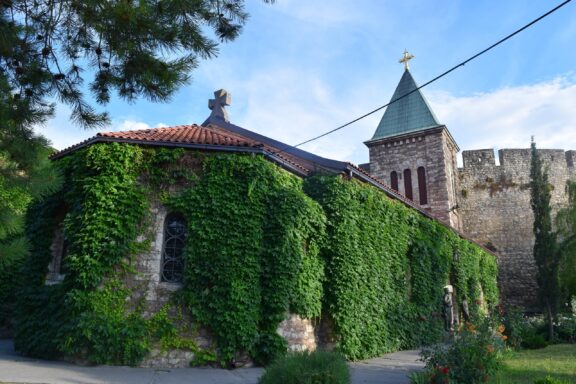
The church was constructed in the early 20th century, but the location has a much longer history. The original church that was situated there dates back to the time of Stefan Lazarević in the 15th century, but it was destroyed in the 18th century. Before the church was built, the place was used as a gunpowder magazine.
Ružica Church is unique due to its chandeliers made from spent bullet casings, swords, and cannon parts. Soldiers crafted them and are a testament to the turbulent history of the fortress and the city. This gives the church a distinct and slightly martial character, which sets it apart from other orthodox churches.
14. Great War Island
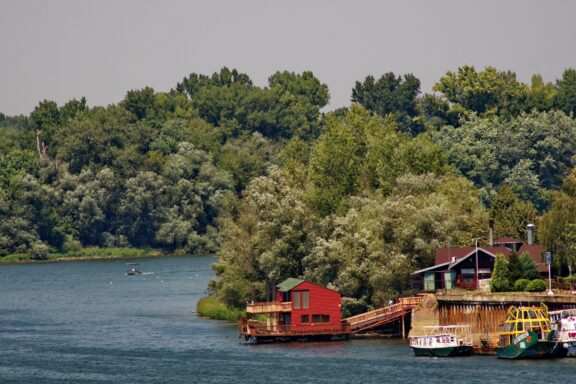
Great War Island is located at the confluence of the Sava and Danube rivers. Covering an area of approximately 2.11 square kilometers, it’s a vital natural oasis and a wildlife refuge in the city’s heart.
The island has a long history, and its strategic location led to many battles and rule changes. The name “Great War Island” originated from these tumultuous times.
In terms of natural value, a large part of the island is a bird reserve, home to over 200 species of birds, some of which are rare or endangered. The island is also covered with forests and meadows, providing a peaceful retreat from the urban environment.
15. NIGHTLIFE – Splavs (River clubs)
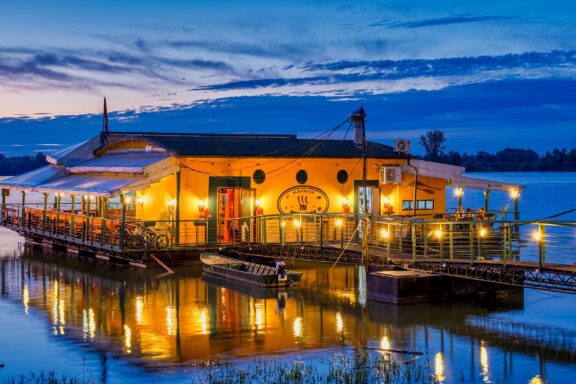
Belgrade’s nightlife is renowned, and a significant part of this reputation is due to the city’s numerous “splavs” or “splavovi” (singular: “splav”), also known as river clubs or raft clubs. These are unique party venues on the rivers flowing through the city, mainly the Sava and the Danube.
The term “splav” is derived from the Serbian word for “raft,” which is fitting because these clubs are often built on floating platforms. Each splav has its unique vibe and atmosphere, catering to various musical tastes. You can find the splavs that play electronic music, pop, rock, folk, and almost every other genre.
16. Dorćol district
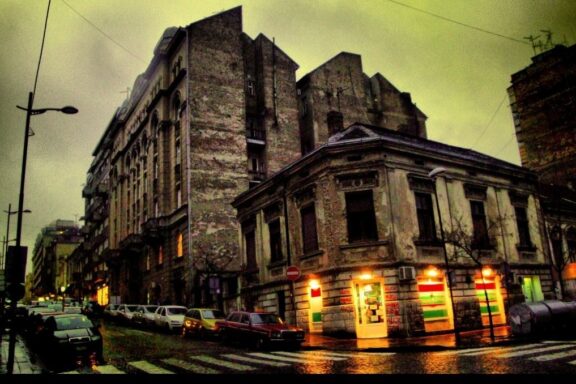
Dorćol is one of the oldest and most charming neighborhoods in Belgrade, the capital of Serbia. Located in the city’s urban municipality of Stari Grad (Old Town), Dorćol stretches from the right bank of the Danube to the Republic Square. The neighborhood’s name comes from the Turkish words “dört yol” which means “four roads” or “crossroads.”
Dorćol has a rich history and bears the architectural and cultural marks of the many civilizations that have inhabited Belgrade. In the neighborhood, you’ll find a mix of Ottoman, Austrian, and Communist-era architecture, reflecting the various influences over the centuries.
Frequently Asked Questions
What is the best time to visit Belgrade?
Spring (April to June) and autumn (September to October) are generally the best times to visit Belgrade when the weather is moderate and the city is full of color.
Is it safe to visit Belgrade?
Belgrade is relatively safe for tourists, although, like any major city, it’s always advised to stay vigilant and be aware of your surroundings, particularly in crowded areas and at night.
What is traditional food and cuisine like in Belgrade?
Serbian cuisine is hearty and flavorful, featuring a mix of grilled meats, fresh vegetables, dairy products, and local spices. Staples include:
• Leskovacka Pleskavica (Serbian hamburger)
• Cevapi (grilled minced meat)
• Sarma (cabbage rolls with minced meat and rice)
What souvenirs can I bring home from Belgrade?
Popular souvenirs from Belgrade include traditional rakija (fruit brandy), local handcrafts, Serbian honey, items with conventional folk designs, and Nikola Tesla-themed souvenirs.
Which languages are spoken and understood in Belgrade?
The official language is Serbian, but English is widely spoken, mainly by younger people and in tourist areas. Some residents also speak Russian, German, or other languages.
How can I get around in Belgrade?
Belgrade has a comprehensive public transport system that includes buses, trams, and trolleybuses. Taxis and ride-sharing services are also widely available. Many of the city’s main attractions are walkable.
Is it expensive to visit Belgrade?
Compared to many Western European cities, Belgrade is quite affordable. However, costs can vary depending on your spending habits and preferences.
Which currencies are accepted in Belgrade?
The official currency is the Serbian Dinar (RSD). Credit cards are widely accepted, but having some cash on hand is always good, especially for small businesses and markets.
Is Belgrade an excellent city to live in?
Many people find Belgrade a vibrant, dynamic city with a rich history, friendly locals, and a lively cultural scene. Like any city, its suitability as a place to live depends on your preferences and circumstances.
Is it safe to drink tap water in Belgrade?
Yes, tap water in Belgrade is generally safe to drink.
Final Thoughts
Belgrade is a city that wears its complex history with pride and resilience while looking forward to a vibrant energy and a flourishing cultural scene. Its rich past is visible in its architecture, its food, and the stories of its friendly locals. With its mix of historical sites, contemporary attractions, culinary delights, and spirited nightlife, there is something to captivate every traveler.
Despite its past struggles, Belgrade has emerged as a city not just surviving but thriving. It is a city well worth visiting, not only for the sights it offers but for the spirit it embodies – a spirit of resilience, vitality, and ceaseless energy. Belgrade will surely leave a lasting impression on you whether you’re drawn to its history, culture, or people.
Image Sources and Copyright Information
- Map with Pin on Belgrade, Serbia: © BIGANDT.COM/Shutterstock
- Archaeological Site Entrance with Information Board: © Baloncici/Shutterstock
- Entrance to the Roman Well in Belgrade: © darezare/Shutterstock
- Historic Stone Gate Entrance with Pathway: © HAL-9000/Shutterstock
- Twilight View of the Old Palace in Belgrade: © Milos Dumic/Shutterstock
- Belgrade Night Skyline: © Filip Olcan/Shutterstock
- Sunset View of the Danube River in Belgrade with Moored Boats: © mareandmare/Shutterstock
- Crowded Street Scene in Belgrade: © Bobica10/Shutterstock
- Belgrade Riverside with Skyscrapers and Boat: © Zivko Trikic/Shutterstock
- Aerial View of Kalemegdan Fortress in Belgrade: © Aleksandr Medvedkov/Shutterstock
- Night View of Knez Mihailova Street: © Florin Cnejevici/Shutterstock
- Cobblestone Street at Night with Warm Lighting: © Vladimir Nenezic/Shutterstock
- Church of Saint Sava on a Sunny Day: © trabantos/Shutterstock
- Nikola Tesla Museum Exterior: © saiko3p/Shutterstock
- Cobblestone Street with Outdoor Cafe in Zemun Quarter, Belgrade: © Marija Krcadinac/Shutterstock
- Modern Art Museum Facade on a Sunny Day: © Bobica10/Shutterstock
- Aerial View of a Zoo Enclosure: © Paul-DronView/Shutterstock
- White Castle in Belgrade with Blue Sky: © Skiptar Motion Gallery/Shutterstock
- Lakeside Recreation Area with Greenery and Pathway: © Baloncici/Shutterstock
- Republic Square in Belgrade: © Nenad Nedomacki/Shutterstock
- National Museum of Serbia at Dusk: © Nenad Nedomacki/Shutterstock
- Ivy-Covered Church with Bell Tower: © MarinaDa/Shutterstock
- Riverbank with Floating Houses and Dense Trees: © Nightwish_photographer/Shutterstock
- Riverside Restaurant at Dusk: © Mirko Kuzmanovic/Shutterstock
- Rainy Day in Dorćol District: © lumachroma/Flickr